Good Neighbours: A Guide to Community Cats in Singapore
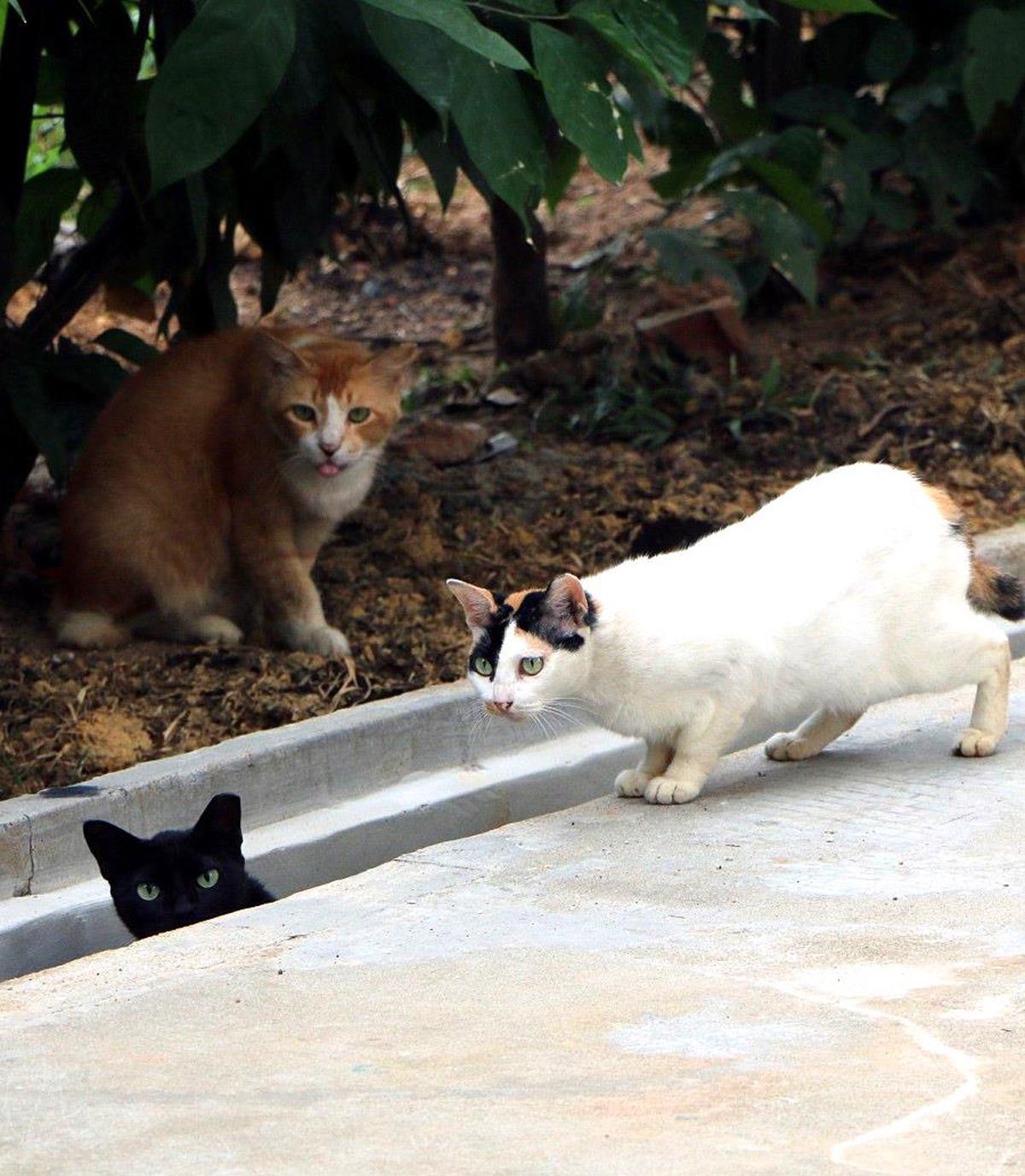
Source: Surprising Horizons
Community cats are at the heart of many neighbourhoods in Singapore.
Whether you’re a feeder, someone who gives them an affectionate pat on the way to work, or someone who simply gives them space, community cats have a special way of touching our lives.
However, the road to creating harmony between our feline friends and residents has never been easy. In 2003 and the years that followed, many of our cat friends were taken off the streets due to a lack of population control.
Since then, the number of cats being impounded has fallen, and authorities rolled out the Trap-Neuter-and-Release program to stabilise the cat population in Singapore, as a main strategy,
On the other hand, welfare organisations are always managing complaints or even cases of animal abuse, in order to fight for a safe and happy environment for our furry friends. As human activity is the biggest threat to the animals sharing our island, it is up to us to be the best neighbours we can be.
Here are some ideas for how we can take a more active role in the lives of our community cats.
1. Make A Friend
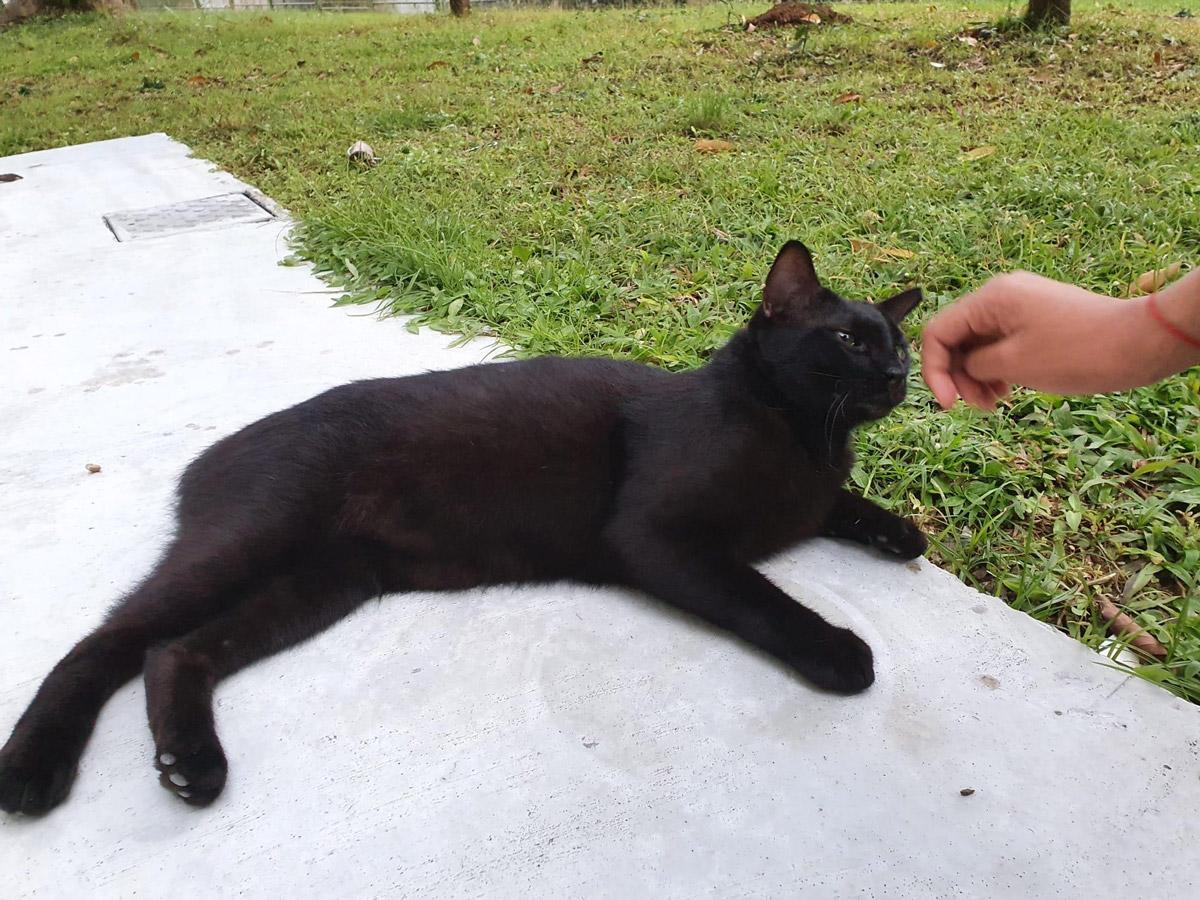
A community cat in Woodlands, known affectionately to some as Maple. (Source: Siti Hani)
Community cats are well-adjusted to humans. In fact, most of the time they have no trouble following us up the stairs, stretching out on the ground comfortably or even meowing for some scratches under the chin (or more importantly, food!)
This means if you wish to, you could befriend your local void deck cat. Cats learn to recognise people by their scent, so introducing yourself by letting him or her sniff your finger is a good start before you consider any head-pats or stroking.
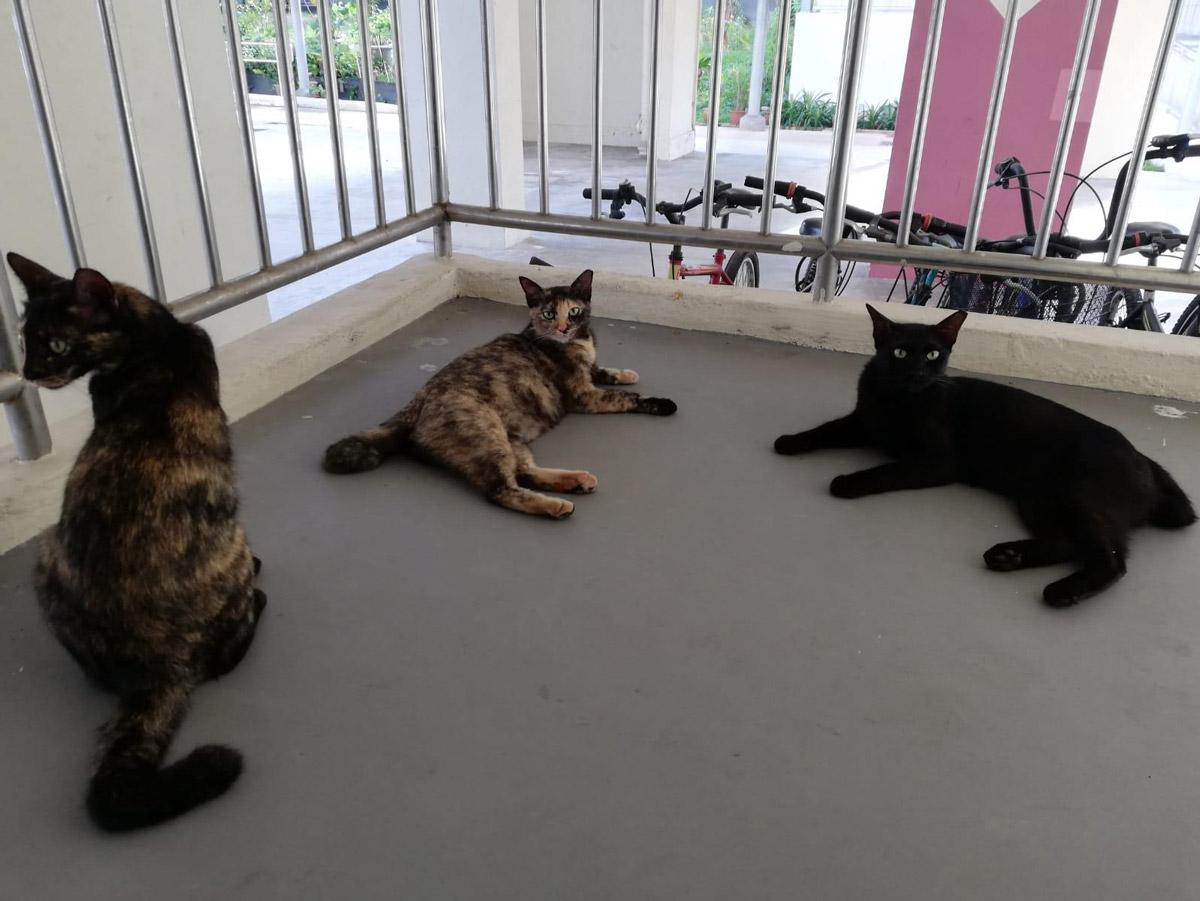
Maple and her sisters, relaxing. (Source: Siti Hani)
Reading a cat’s body language is important! If they appear uncomfortable, recoil from your hand, or hiss, it’s a sure sign you should keep your distance. But, if they accept you into their good graces–congratulations! You have just made a new fluffy, adorable friend.
2. Become a Feeder
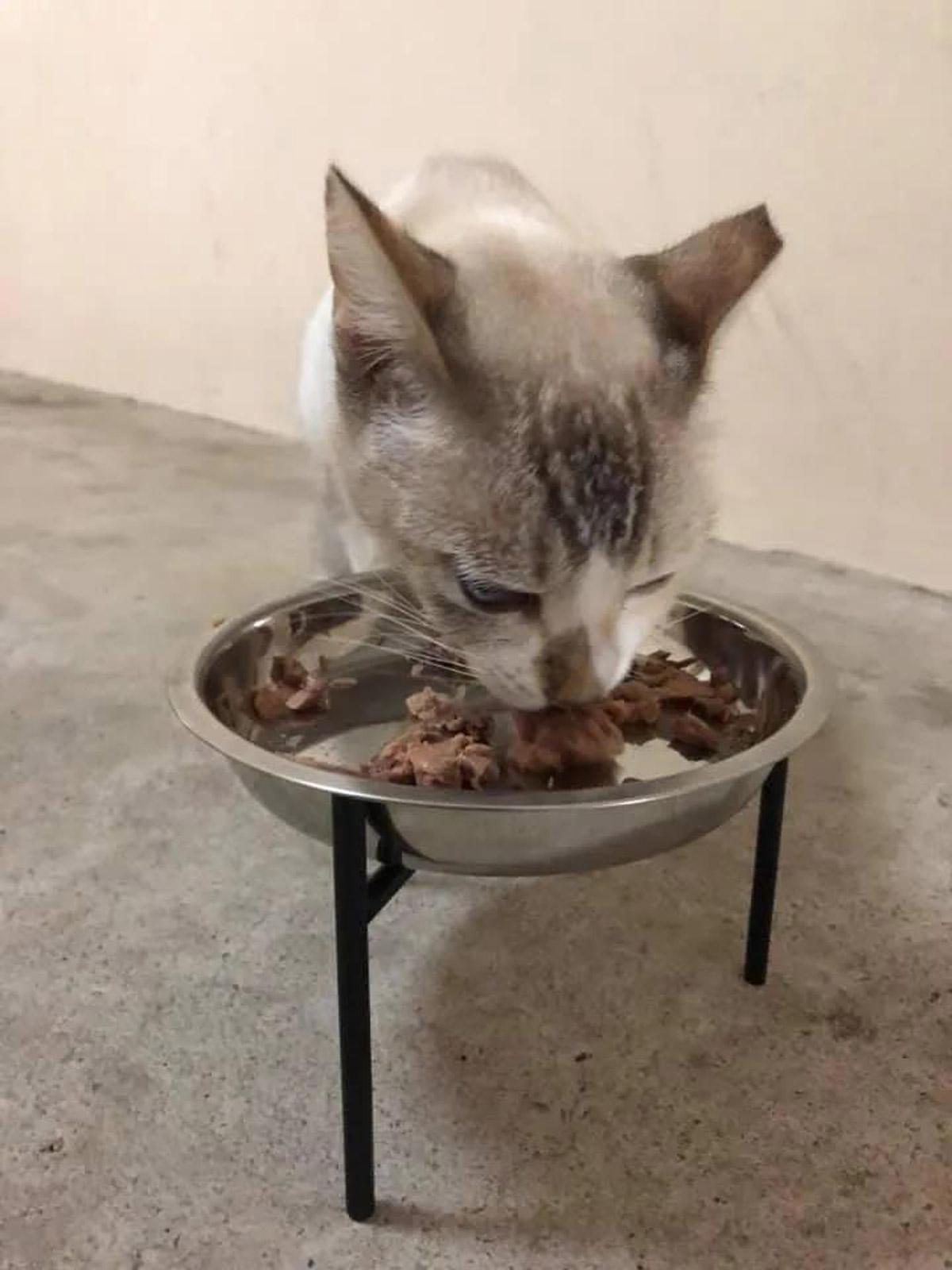
Source: Humaira Abdul Rahman on Facebook
Cat feeders are absolutely invaluable in supporting community cats.
In Singapore’s urban landscape, there isn’t much room for a cat to hunt for its own prey. Without feeders, cats would resort to snooping for scraps at coffeehouses, or going through trash. More than likely, they would end up sick or underfed.
In this way, some kibble and fresh water go a long way!
Feeding a hungry kitty is not illegal in Singapore. However, littering is–so it is recommended that feeders clean up the area after feeding. Cat food shouldn’t be left out overnight, or it may attract unwanted critters. Instead, collect leftover dry food bowls within two hours. As for wet food, it may be easier to wait around until the cat finishes eating and then clean up immediately.
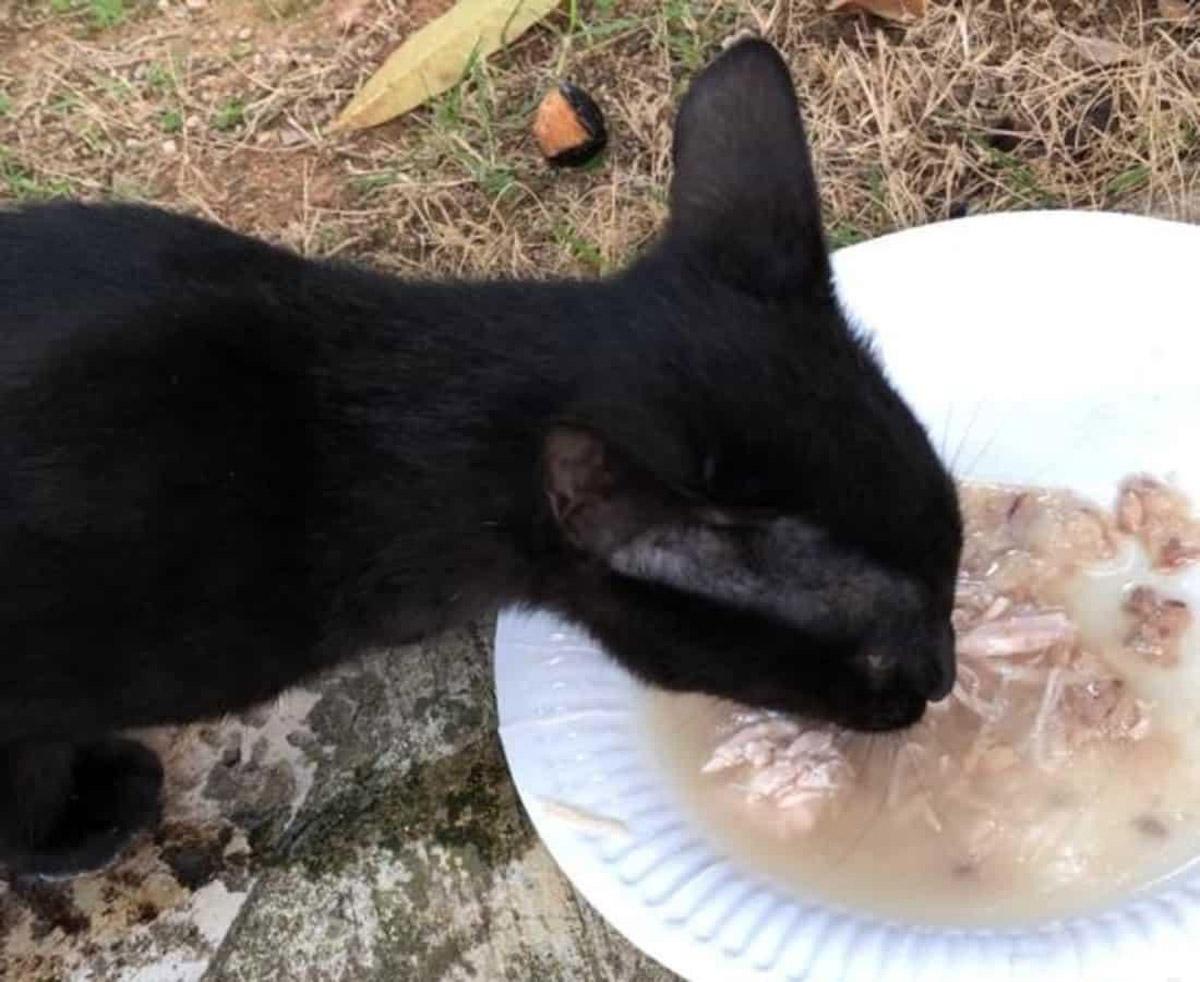
Source: @marzelphoto on Instagram and Project LUNI
Responsible feeding is necessary for the well-being of both cats and cat feeders in Singapore. A rise in complaints or pests may cause authorities to ban feeding in the area.
If you’re thinking of becoming a regular feeder, do a quick sweep of the area for other feeders. You may want to come up with a schedule to ease the load between feeders and make sure the cats are getting enough nutrition.
Cat feeders often wrack up lots of expenses behind supporting community cats, especially if there are not too many feeders–and many cats–in the area! Many of them take on up to dozens of cats, and have to manage expenses themselves without support from the surrounding community.
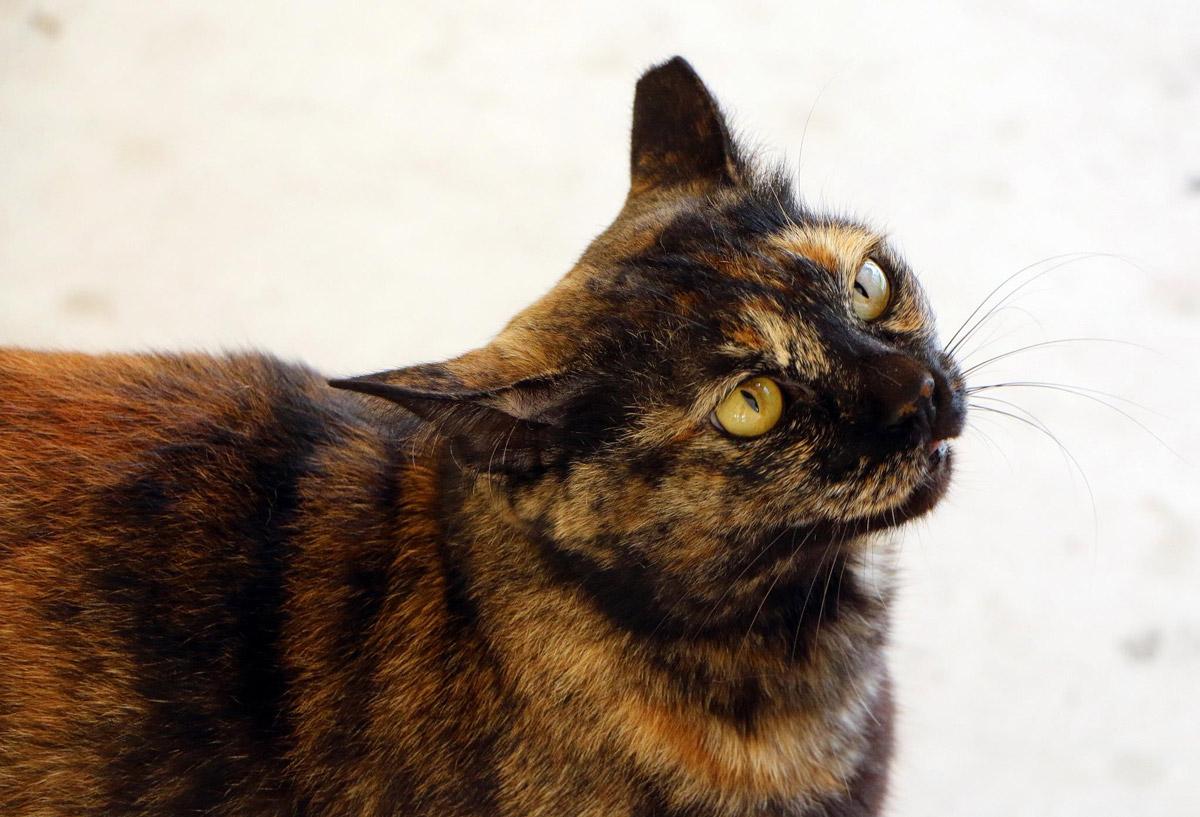
Source: Surprising Horizons
If being a feeder isn’t your style, there are many crowdfunding campaigns dedicated to supporting feeders, for as little as five dollars a month.
3. Look out for injuries or illness

Source: Surprising Horizons
If you notice a cat with a bleeding injury, or exhibiting signs of injury such as laboured breathing or bleeding from the mouth, calling an authority such as SPCA is extremely important to save its life. These cats may have taken a fall from a height or been injured by debris, or in a fight with another cat.
Oftentimes, local authorities are swamped with other calls and are likely not able to pick up the cat unless it is a dire situation. In which case, they may advise you to take the cat to SPCA yourself, or even better–the nearest vet clinic.
In less severe cases, they may ask you to monitor the cat for a few days to see if its condition improves. You may even see case workers providing on-site check-ups for a few days if needed.
Despite being steely and independent, cats still need us humans to look out for them! – especially when so many of their troubles are due to having to share urban areas with us.
4. Stand up for animal rights!
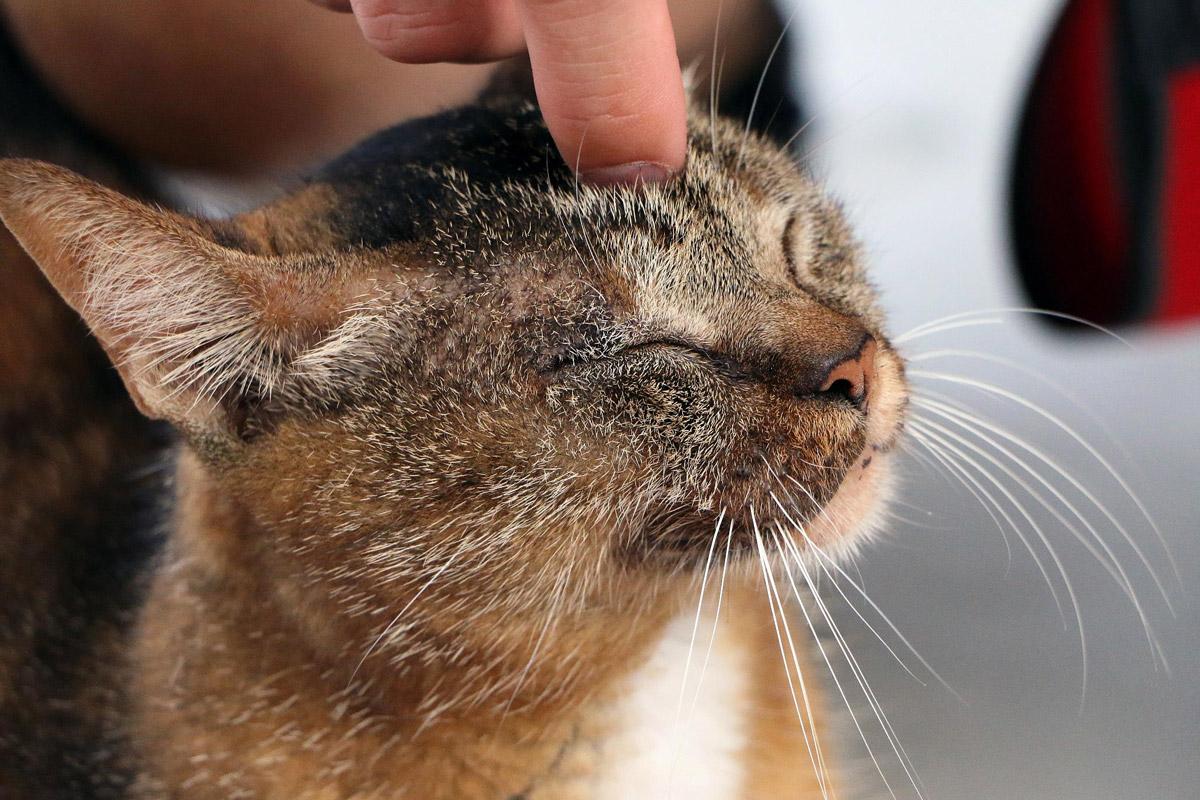
Source: Surprising Horizons
From 2017-2020, the authorities have investigated more than 1200 cases of animal abuse alone. Not only that, but in 2021, there was a spate of animal abuse cases, and even a serial cat abuser who grievously injured more than ten cats. The cats were found with deep slash wounds on their bodies.
The man was later jailed for his crimes, and in the meantime nine other cats were taken temporarily into boarding facilities for safety. While none of the cats died, they were scared and severely injured, some with their wounds infected.

Community Cat Milo recovering from his injury more than two months after the attack. (Source: Calista, Milo’s caretaker)
Kindly cat-lovers worked with the SPCA to get the cats trapped, treated, and rehabilitated in their homes or boarding facilities.
These stories are as shocking as they are cruel. Unfortunately, it is the reality these cats face. We can stand up against animal abuse by reporting cases to the authorities. Consider donating to organisations such as the SPCA or online crowdfunding initiatives to support the veterinary bills for injured cats.
SPCA director Jaipal Singh Gill in particular, called animal lovers that raise alarm in these situations the organisation’s ‘eyes and ears on the ground’.

A community cat, playfully lying down. (Source: Jun Iwata)
To be more involved in the community, you can also check out social media groups such as Community Cats of Singapore and Sayang Our Community Cats. These groups run by local cat-lovers keep you updated on abuse cases, donation appeals, adoption notices, cute photos and the all-around celebration of neighbourhood cats in Singapore.
5. Celebrate your neighbourhood cat
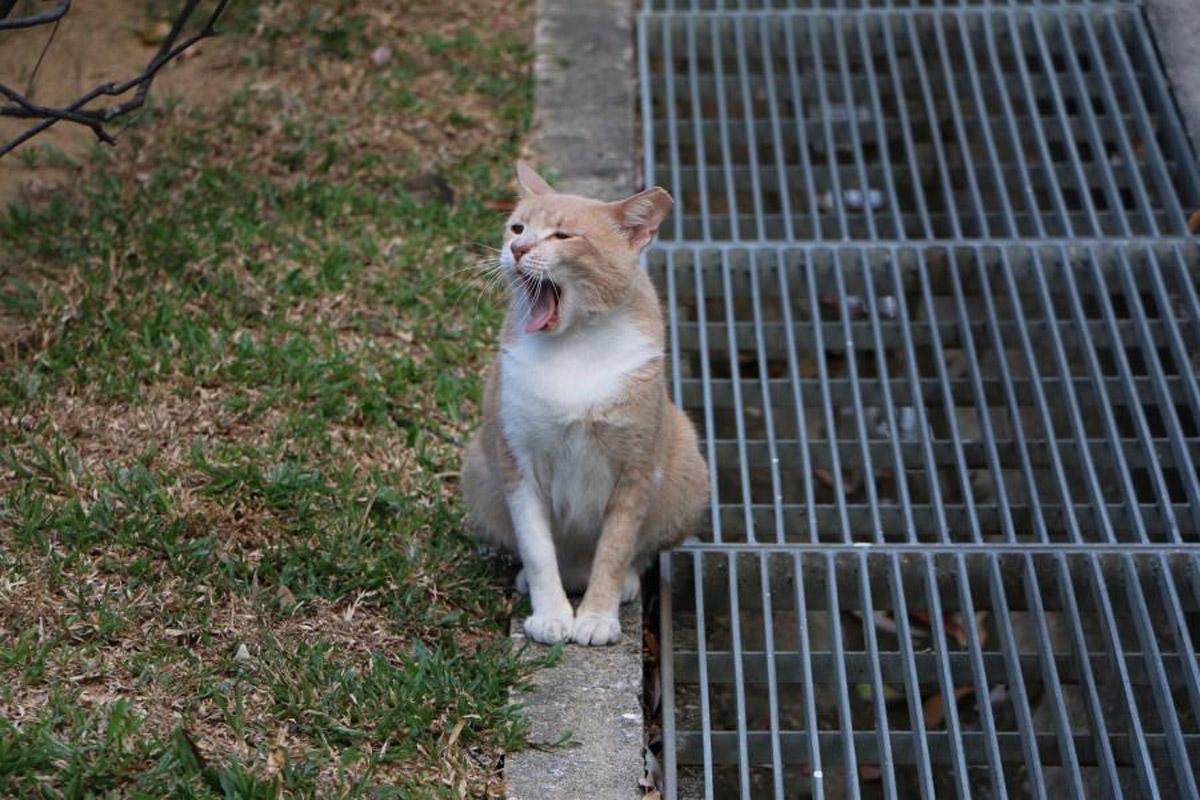
Source: Surprising Horizons
Finally, celebrate your neighbourhood cat!
Over time, you may find yourself recognising the cat that hangs around your void deck. Many of them even have a common name known by the locals in the area! Still, there’s no reason why you can’t have a pet name for your neighbourhood cat as well.
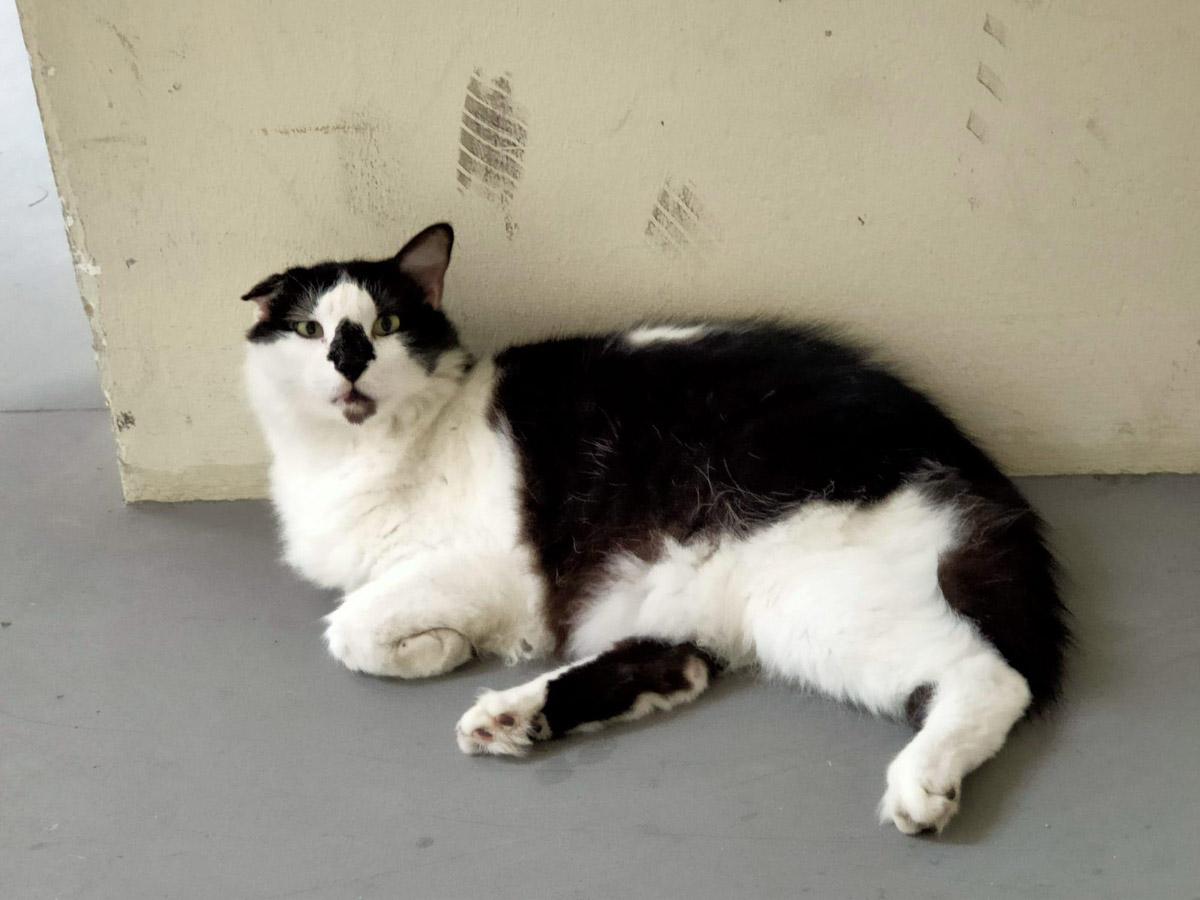
Spot, a lovable cat from a Tampines neighbourhood (Source: Nazurah Zainol)
The cats of Singapore have inspired art-work dedicated to them as well as their feeders. Lasalle student, Evan Tan, installed aesthetic yet functional installations for cats to sleep, play and eat comfortably.

A community kitty lounging on ‘Act 2 – Habits of Resting’ by Evan Tan
Cats are well-known for being smart and goofy at the same time. (No wonder YouTube is full of cat videos!) Spending time with a cute cat is always rewarding and fun. It may even be a way for you to unwind after a busy day.
Love them or not, community cats are a big part of what makes Singapore’s neighbourhoods special.
Throughout the highs and lows, the relationship between Singaporeans and their community cats is worth protecting–here’s to cherishing the bond between fluff and man!







